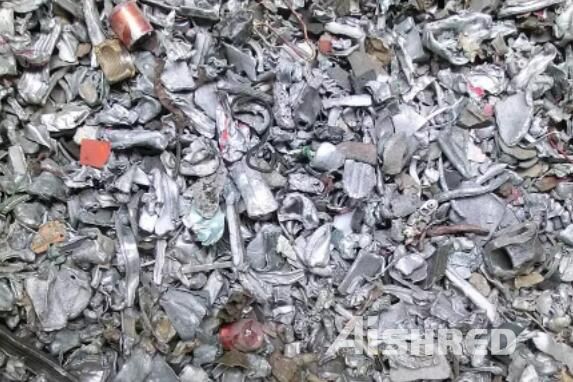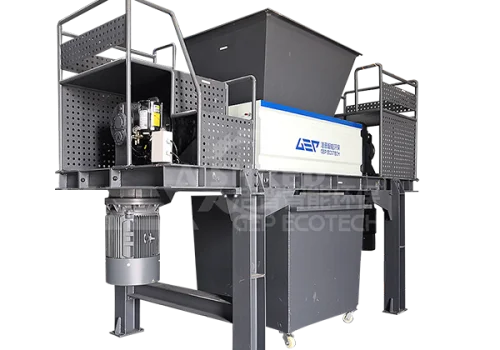Auto shredder residue (ASR), also referred to as auto shredder fluff, shedder light fraction (SLF), residues from shredding (RESH) or simply “auto fluff” of “fluff”, is the fraction of an shredded end-of-life vehicle (ELV). In the past, it was landfilled. Now, They can now be sorted and recycled thanks to GEP ECOTECH's sorting and shredding technology. It can prevent this useful and valuable material from taking up the dwindling space in landfills and contribute to a cleaner, safer environment.

How ASR Produced?
A discarded car is first partially dismantled. All liquids (oils, antifreeze, fuel, etc.) are removed from it. Batteries, tires and catalytic converters are also removed and sent for further processing.
Depending on demand, other good parts can be dismantled and sold for use as spare parts. On average, about 10% of the car's weight is pre-dismantled.
In a shredder, a car body is shattered into pieces the size of a fist. 70-75% of the various metals from the body are sorted and sold to smelters and foundries. All these valuable materials are sent for further use. Finally, about 25% are the remains of an automobile shredder Residue(ASR).
ASR Types
Generated ASR contains the bulk of non-metallic materials present in shredder hulks (plastics, glass, rubber, foam, carpeting, textiles, etc), entrained metallic fines, dirt and moisture. Two types of ASR streams can be generated from overall ELV processing:
- “Light” ASR (“fluff”): Generated at the shredder facility when the nonferrous fraction is separated into metal and non-metallic streams using air classification processes (the non-metallic fraction being “fluff”). It counts for more than 80% of the total ASR.
- “Heavy” ASR: Generated at the non-ferrous metal processing facility during separation of the various metal steams (the heavy ASR representing rejected contaminants extracted during processing). It counts for less than 20% of the total ASR.
How to process of ASR?
Treatment of the ASR focuses on recovering any useable materials, reducing the volume of the ASR to cut down on the quantity that will end up in landfill, and recovering the energy from the petrochemical content of the plastics.
Because approximately 40–50% of the shredder residue is hydrocarbon-based materials (such as plastics, fibres, wood, paper, tar, oils, and rubber), the amount that needs to be disposed of can be reduced significantly by:
- Separation and recovery of recyclable materials from the shredder residue, such as plastics and rubber.
- Incineration with or without heat recovery. The heating value of shredder residue varies from about 4,000 to 6,000 Btu/lb and averages approximately 5,400 Btu/lb.
- Conversion to liquid and gaseous fuels via pyrolysis or gasification of its organic content.
The non-combustible fraction, which contains glass, dirt, rocks, sand, moisture, and residual metals and metal oxides, can also be reduced by separating and recovering the metals and their oxides.
What Does GEP ECOTECH Do?
GEP ECOTECH provides waste treatment and recycling equipment and complete solutions, our customers include waste management companies, car dismantling companies, biomass power plants, tire recyclers, cement plants, etc.
GEP ECOTECH has rich experience in sorting and crushing/shredding, we can provide you with a complete set of equipment from car dismantling to ASR processing.


